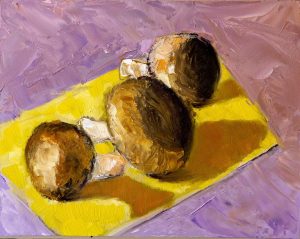12 Apr My Patron, the State

I’m ready to pack off to Ireland, home of my ancestors.
Ireland’s government has announced it will begin to pay 2,000 Irish artists $355 a week under a new universal basic income (UBI) program.
There are no restrictions on how artists may spend the money.
I’m guessing Guinness is celebrating the likely windfall.
The new program represents “recognition, at government level, of the important role of the arts in Irish society,” a news release says.
“It also places a value on the time spent developing a creative practice and producing art.”
The artists—all 2,000 of them—will be chosen at random to receive the weekly stipend from a pool of applicants.
Artists can apply online beginning today.
A spokesperson for the Irish government said the money equates to compensation for the unaccounted time artists spend on their work.
“The time spent on creative practice is what underpins Ireland’s world renowned arts and culture.” she said.

You gotta love a nation that loves its artists, and wishes they don’t starve.
While several US cities have experimented with UBI programs targeting artists, including New York and San Francisco, no nationwide patronage program is under consideration.
Too bad.
I would welcome a weekly handout.
After all, America’s farmers are paid to grow food.
Why can’t I be paid to paint food?
FDR tried a form of federal patronage at the height of the Great Depression, when he introduced the Public Works of Art Project (PWAP) in 1934.
The program served the US gallantly well.
Under the PWAP, the federal government paid stipends to 3,750 artists to produce paintings, prints, crafts and sculptures for installation in federal buildings around the country.
It encouraged the artists to depict the “American scene,” but put no further restrictions on them.
It wound up spending an average of only $75 per piece.
The PWAP was replaced a year later by the better-known Works Progress Administration (WPA), which doled out payments to thousands of emerging artists, including Mark Rothko, Willem de Kooning, Jackson Pollock, Jacob Lawrence, Philip Guston and Lee Krasner.
All told, the artists working under the WPA between 1935 and 1943 produced more than 2,500 murals, 100,000 paintings, 17,000 sculptures, and 300,000 prints, for a total cost of only $35 million.
Not too shabby.
Above: Shrooms. Oil on fiberboard. 10 x 8 inches.
